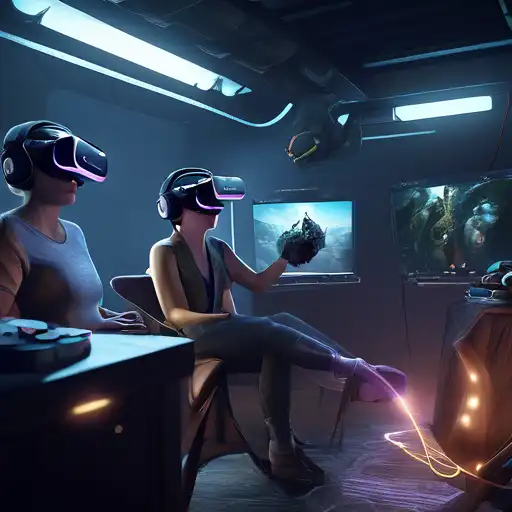Introduction to Virtual Reality
Virtual Reality (VR) has transformed the way we interact with digital content, offering immersive experiences that were once the stuff of science fiction. This guide will walk you through the essentials of creating captivating VR experiences that engage and astonish users.
Understanding the Basics of VR
Before diving into creation, it's crucial to understand what VR is and how it works. VR creates a simulated environment that users can interact with in a seemingly real or physical way through specialized equipment like headsets and gloves.
Essential Tools for VR Development
To start developing VR experiences, you'll need the right tools. Here's a list of essential software and hardware:
- VR Headsets: Oculus Rift, HTC Vive, or PlayStation VR
- Development Software: Unity or Unreal Engine
- 3D Modeling Tools: Blender or Maya
- Programming Languages: C# for Unity, C++ for Unreal Engine
Designing Immersive VR Experiences
Designing for VR is different from traditional digital design. Here are key considerations:
- User Comfort: Avoid motions that can cause nausea.
- Interactive Elements: Ensure users can interact with the environment naturally.
- Realism: High-quality textures and lighting enhance immersion.
Optimizing for Performance
VR applications require high performance to prevent lag, which can break immersion. Optimize your VR experience by:
- Reducing polygon counts in 3D models.
- Using efficient lighting techniques.
- Testing on multiple devices to ensure compatibility.
Testing and Feedback
Gathering user feedback is essential for refining your VR experience. Conduct testing sessions to identify issues and areas for improvement. Pay attention to user comfort, engagement, and overall experience.
Publishing Your VR Experience
Once your VR experience is polished, it's time to share it with the world. Consider platforms like SteamVR, Oculus Store, or PlayStation Store, depending on your target audience and hardware.
Future Trends in VR
The VR landscape is constantly evolving. Stay ahead by exploring emerging trends like augmented reality (AR) integration, haptic feedback, and social VR experiences.
Creating immersive VR experiences is a challenging yet rewarding endeavor. By following this guide, you're well on your way to developing VR content that captivates and delights users. For more insights into digital experiences, check out our technology section.
